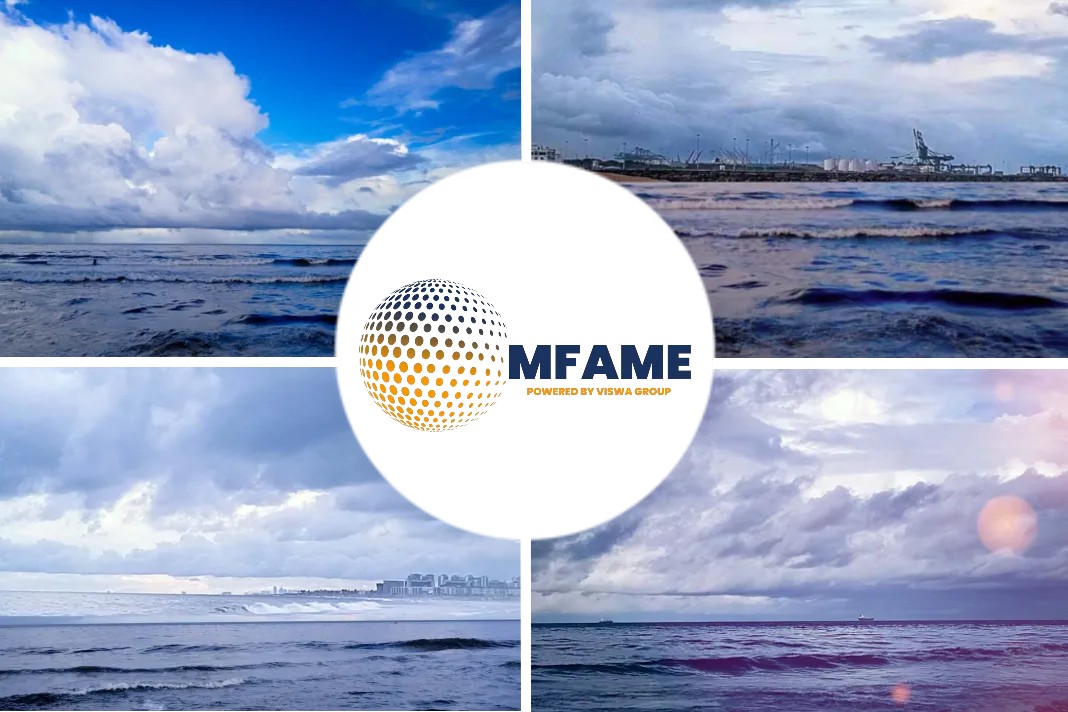The Freightos Baltic Global Container Index (FBX) climbed 21% this month to an FBX-high of $4,077/FEU, a 162% increase annually, says an article published in Baltice Xchange.
Pandemic Still Raging
With the pandemic still raging and consumers still spending on goods instead of services that require leaving the house, demand for ocean freight continued to surge through the normal post-holiday lull and straight toward Chinese New Year in February.
The persistence of peak level demand and volumes – especially in the form of containers arriving to the US West Coast from Asia – meant that January brought no relief to the port congestion, delays, and the resulting shortage of empty containers back at Asian origin ports that have plagued the industry since November.
Ocean Freight Rates
Though ocean freight rates from Asia to the US increased only moderately this month, the bump – which actually started just before the end of the year – is of note as rates had stayed unmoved since mid-September after Chinese regulators intervened to slow the then spiking rates. Asia-US West Coast rates increased 10% to $4,262/FEU and East Coast rates hit $5,651/FEU, up 15% since December 25th, though the West Coast rate is 180% higher than last year and East Coast is 93% more expensive.
Backhaul Rates for US Exporters
And backhaul rates for US exporters to Asia continued to climb. US West Coast to Asia rates closed the month at $887/FEU, up 92% since the end of November, and East Coast prices hit $952/FEU, up 63% in the last two months, as carriers try to balance export demands with pressure to move empty containers.
Global Container Shortage
The global container shortage also kept pushing prices up from Asia to North Europe and the Mediterranean. Asia-North Europe rates climbed to $7,830/FEU, up 38% on the month, and an incredible 288% compared to last year. Asia-Mediterranean prices increased 43% to $8,093/FEU, a 233% gain annually. Rates on both lanes have more than tripled in the course of three months.
And in response to the crisis, carriers have been stopping bookings, skipping port calls, or blanking sailings in attempts to recover schedules. So the delays, disruptions to schedules, and scarce equipment mean that actual costs to shippers to secure increasingly scarce space – if they can secure a booking at all – are thousands more in premiums and surcharges.
Backlog of Volumes
The backlog of volumes currently in demand and the current surge of the pandemic could keep demand high and equipment scarce well into the spring. This push would leave only a couple of months of possible downtime before this year’s peak season uptick in July.
About Judah Levine, Research Lead, Freightos
Judah is an experienced market research manager, using data-driven analytics to deliver market-based insights. Judah produces the Freightos Group’s FBX Weekly Freight Update and other research on what’s happening in the industry from shipper behaviors to the latest in logistics technology and digitization.
Did you subscribe to our daily newsletter?
It’s Free! Click here to Subscribe!
Source : baltice xchange
















